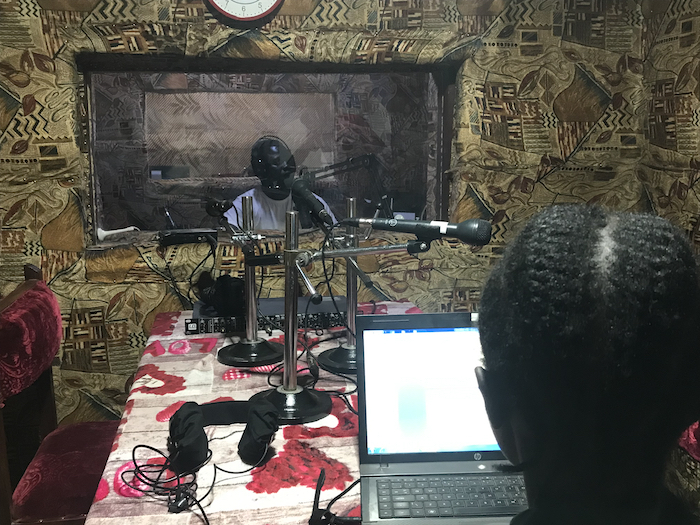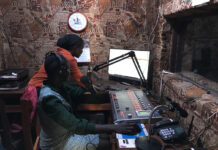
We edit audio because we do not always have the time on air to broadcast a whole interview. Before you start editing audio, always ask the editor or producer of the item how long the edited item should be.
Make sure you are familiar with editing software you are using.
Ask whether you need to edit a cut down of the whole interview including your questions or if you are to provide one or more clips of just the interviewee talking.
Listen to the whole interview all the way through once, taking note of key points and noting down a time code for each important point made by the interviewee.
Listen out for poor quality. If you can’t hear what’s being said, it’s unlikely your listeners will be able to.
There are two main ways to edit – amputation and filleting.
Amputation implies cutting short the whole interview or cutting out whole questions and answers.
Filleting means taking only the essential parts of each answer and cutting out a little of each answer.
Amputation risks leaving out relevant information while filleting can result in an interview which sounds disjointed and unnatural.
Allow interviewees to sound as if they are having a conversation. It is not your job to make the interviewee sound more fluent or more polished.
However if they interject with hesitations such as ‘um’ and ‘er’ or leave long pauses in their answers, you should consider editing some of these out if it helps the listener understand what is being said.
Be careful not to cut all the hesitations and pauses out because that can sound artificial and unnatural.
Never take one answer and edit it as a response to another question. This is unethical and unprofessional.
Radio is a medium that is based on your ears. That mean when you edit audio, try not to edit using just the screen. Pay more attention to how it sounds rather than how it looks on the screen.
When you have finished editing, always listen back to the finished edit to make sure you have fulfilled the brief you were given, that you have captured all the relevant points the interviewee made, and that you have represented the interviewees points fairly and accurately.








